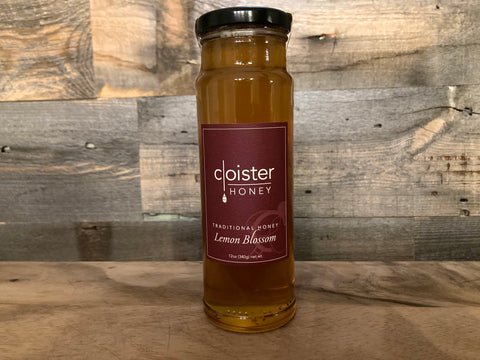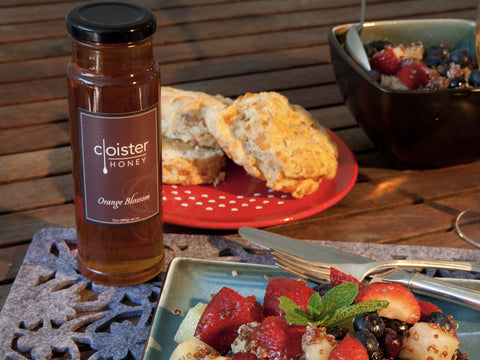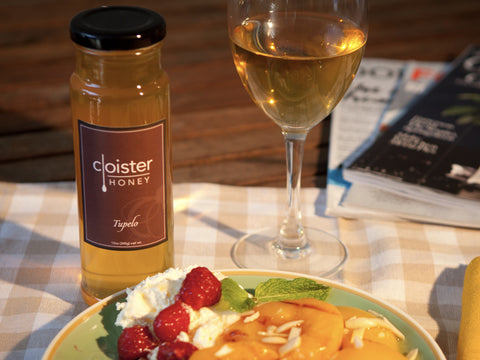$24.00
We are definitely biased for this honey, it's our favorite... hands down. Maybe it's because this varietal is made by our bees, on our land, in the mountains of North Carolina. Or maybe it's because it lives up to its recognition of being one of the "best honeys in the world." Regardless of the reason, the sourwood tree's delicious nectar represents our Appalachian Mountains well. Light, sticky, velvety and warm - this is a seasonal honey.
12oz net weight


$24.00
Lemon Blossom Honey is a delicately crafted and aromatic honey that originates from the nectar...


$15.00
Orange you glad we didn't say banana? Open a jar of Orange Blossom Honey and...


$24.00
Yes, that song. Arguably one of the sweetest varietals of raw honey around, Tupelo Honey...